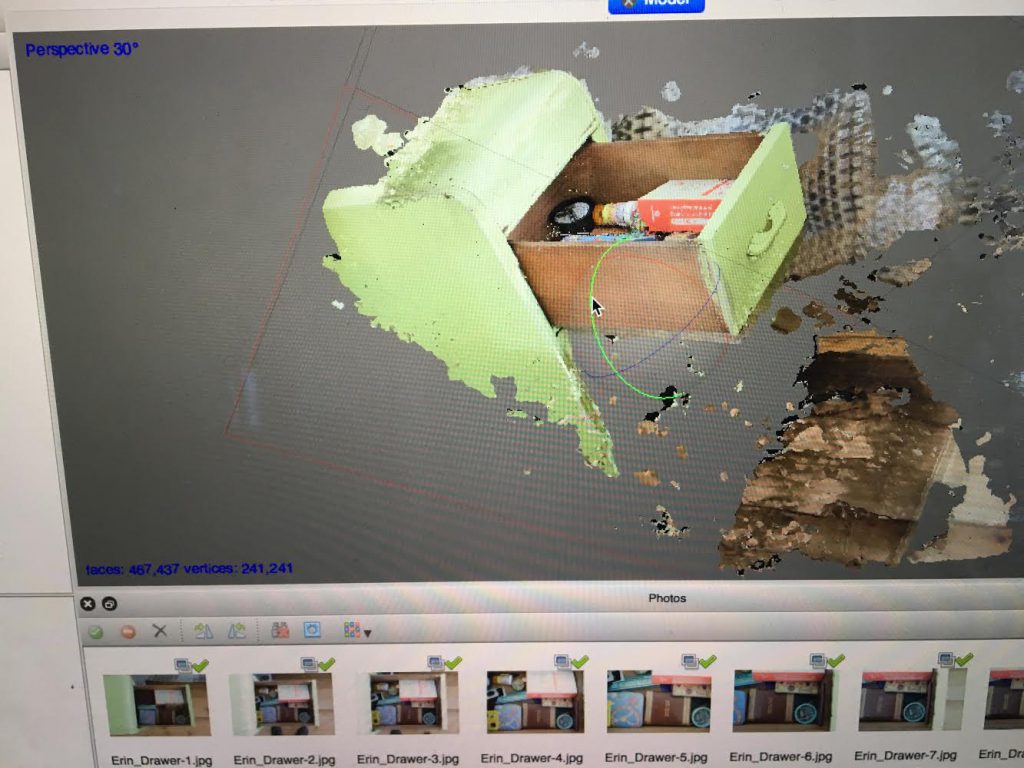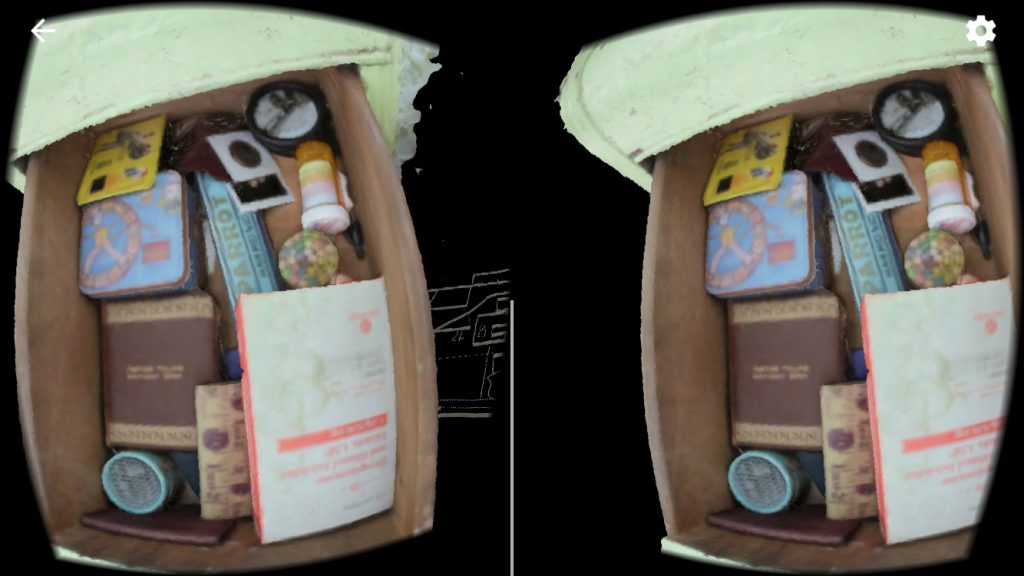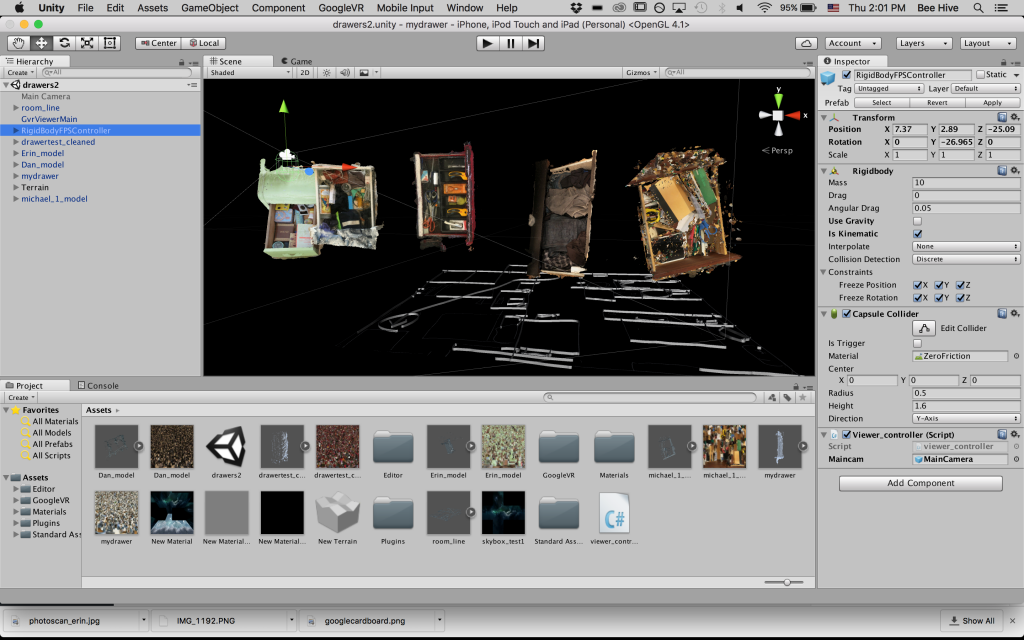I am interested in the idea of “the topography of our intimate being” discussed by the theorist Gaston Bachelard in his book “The Poetics of Space.” In this book, he examines and explores our relationship to elements of home, such as attics, cellars, drawers, nests, and shells. I was also inspired by Sophie Calle’s photography of other people’s hotel rooms, and the video documentaries of what’s in people’s pockets.
I have a particular interest in the use and contents of drawers, specifically top drawers. Personally, I’ve always had a strong association with my own top drawers, mostly dresser and bedside table. When I was younger, this was where I would stash my special objects, my secret things, my collected totems. Now, my association remains similar, yet slightly more disorganized, as the drawers can become catch-alls for special items and also random junk alike. These drawers seem to me to be a particular manifestation in material form of my thought processes, my life over time, and the ephemera of personal rituals.
Therefore, I set out on the nosy task of creating a collection of other people’s top drawers. I wondered if my hypothesis of reaching the “intimate topography” of the drawer-owners through the process of creating 3D photogrammetry models of their drawers would be validated. Bachelard says, “A house that has been experienced is not an inert box. Inhabited space transcends geometrical space.” I’m interested in the way this relates to the process of creating 3D geometry from this inhabited space.
I’m also interested in the spatial memory or association of someone’s house in their own mind. When I did the scans, I would ask the drawer-owner to draw for me a rough floorplan of their house or office. I’ve included one of these floorplans, extruded using Blender, as the “floor” of the Unity environment. The idea of capturing the “room tone” audio of every room where the drawer is located was suggested, and I love this idea. In a further iteration, I would explore this. I’m interested in the way this project may blur the concept of “portrait” through a personal place or object, and in creating a stylized / art documentary about a person through an investigation into looking (at the people themselves, their environments, and their objects). This concept has come up in my artwork before, and it’s interesting to see it crop up again unconsciously. My work seems to create opportunities for me to experience and almost curate social rituals – for myself and for the participants involved. Sometimes I would like to be able to share the process of making the work (the social experience of “collaborating” with the drawer owners) with the viewer in addition to the final product.
Through putting these models into an explorable VR environment, I wanted to give the viewer an intimate encounter with the contents of the drawers – the ability to explore and investigate a place which is normally entirely private to the owner. This was my first time using photogrammetry and Unity, and I set myself the technical challenge of creating an environment to explore using Google Cardboard. I am happy to have tackled this, and am continuing to use these techniques in other projects now.






